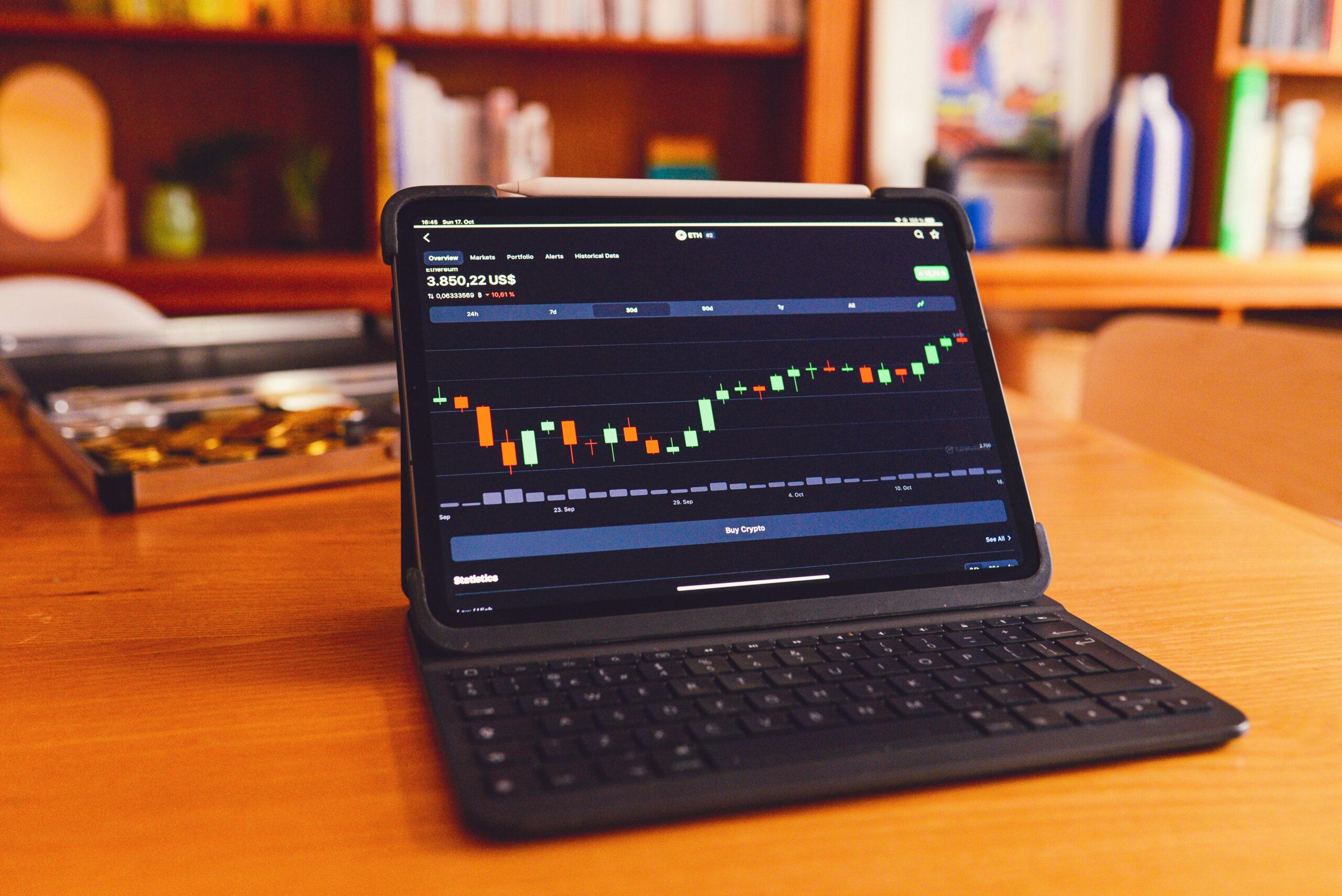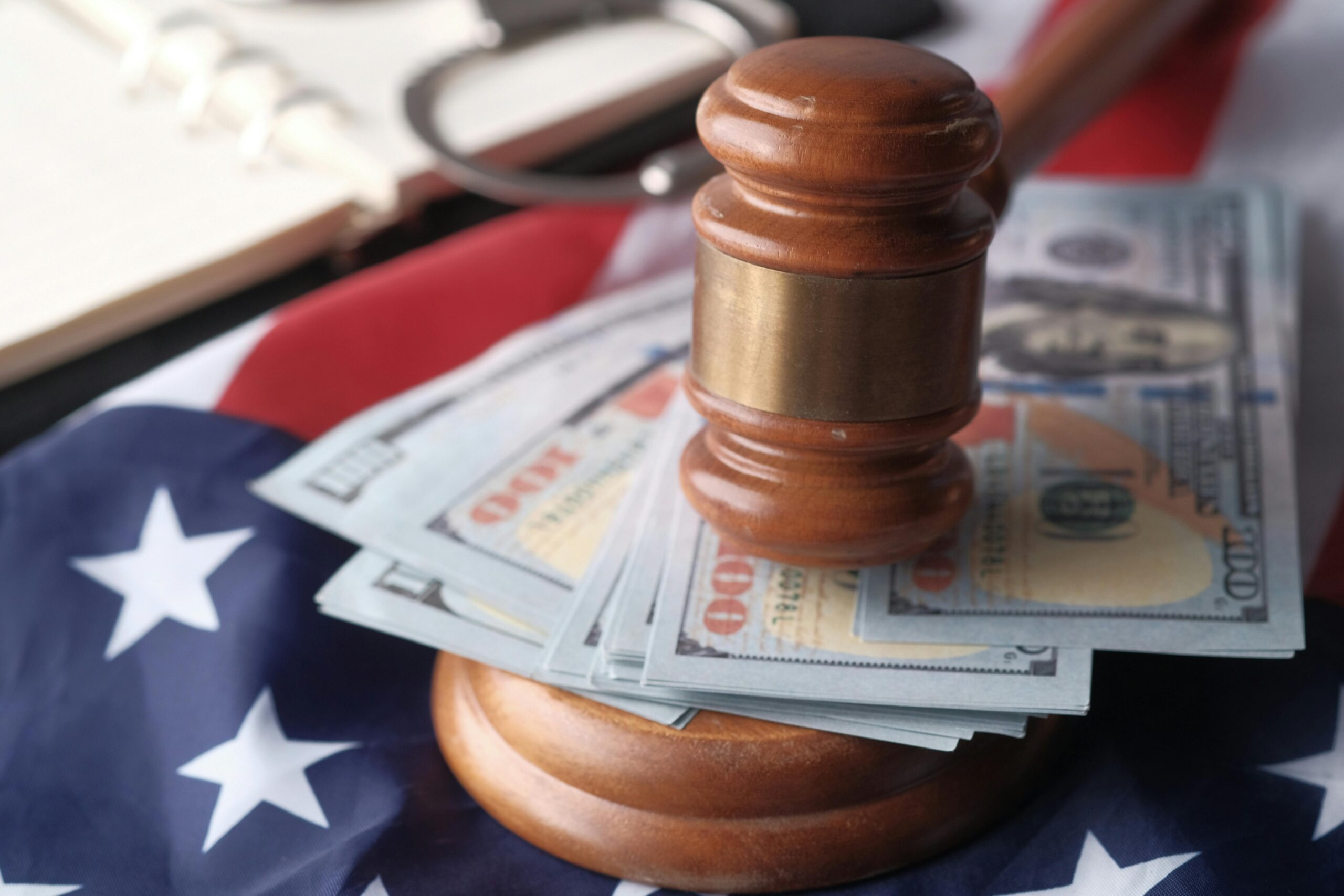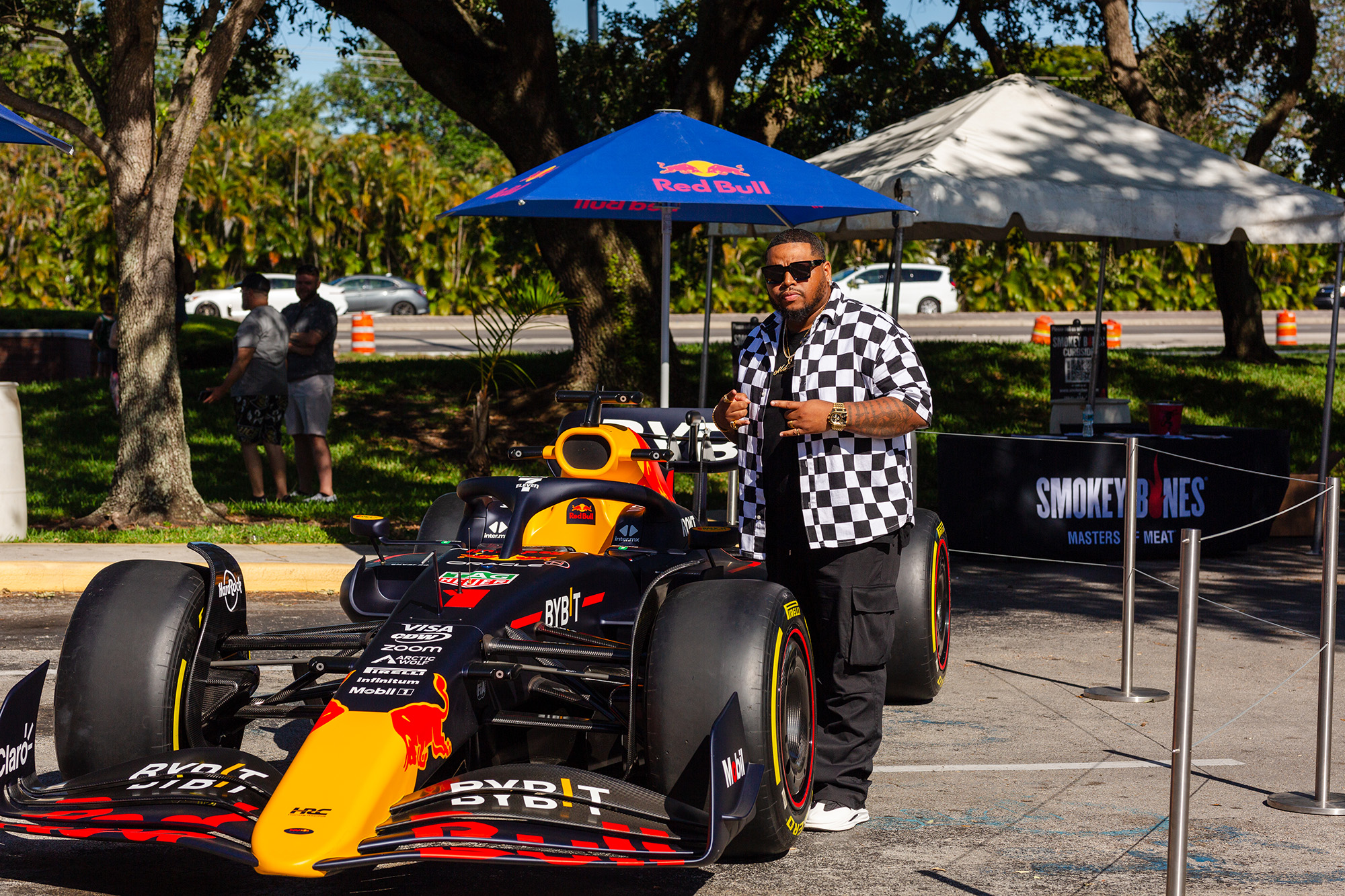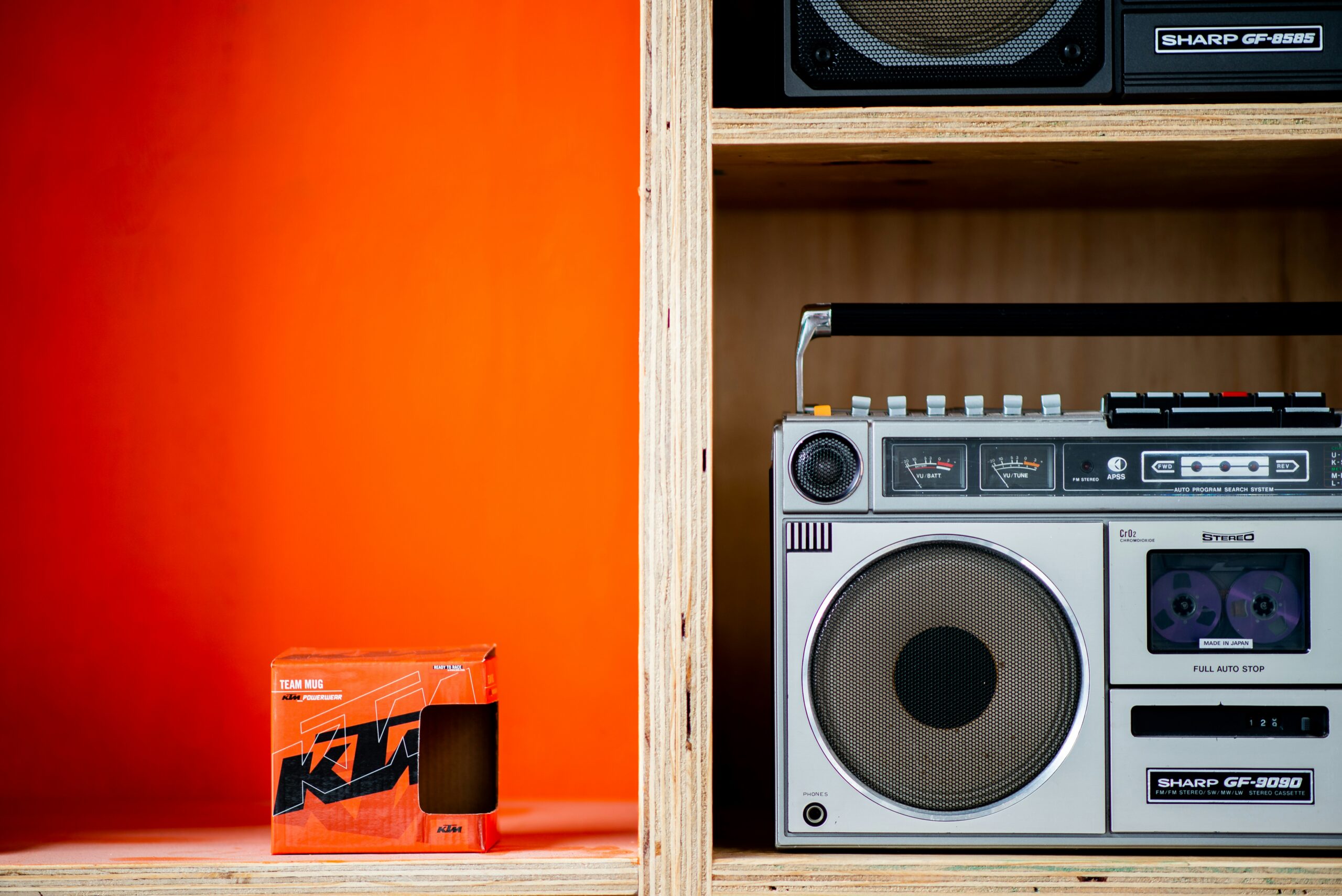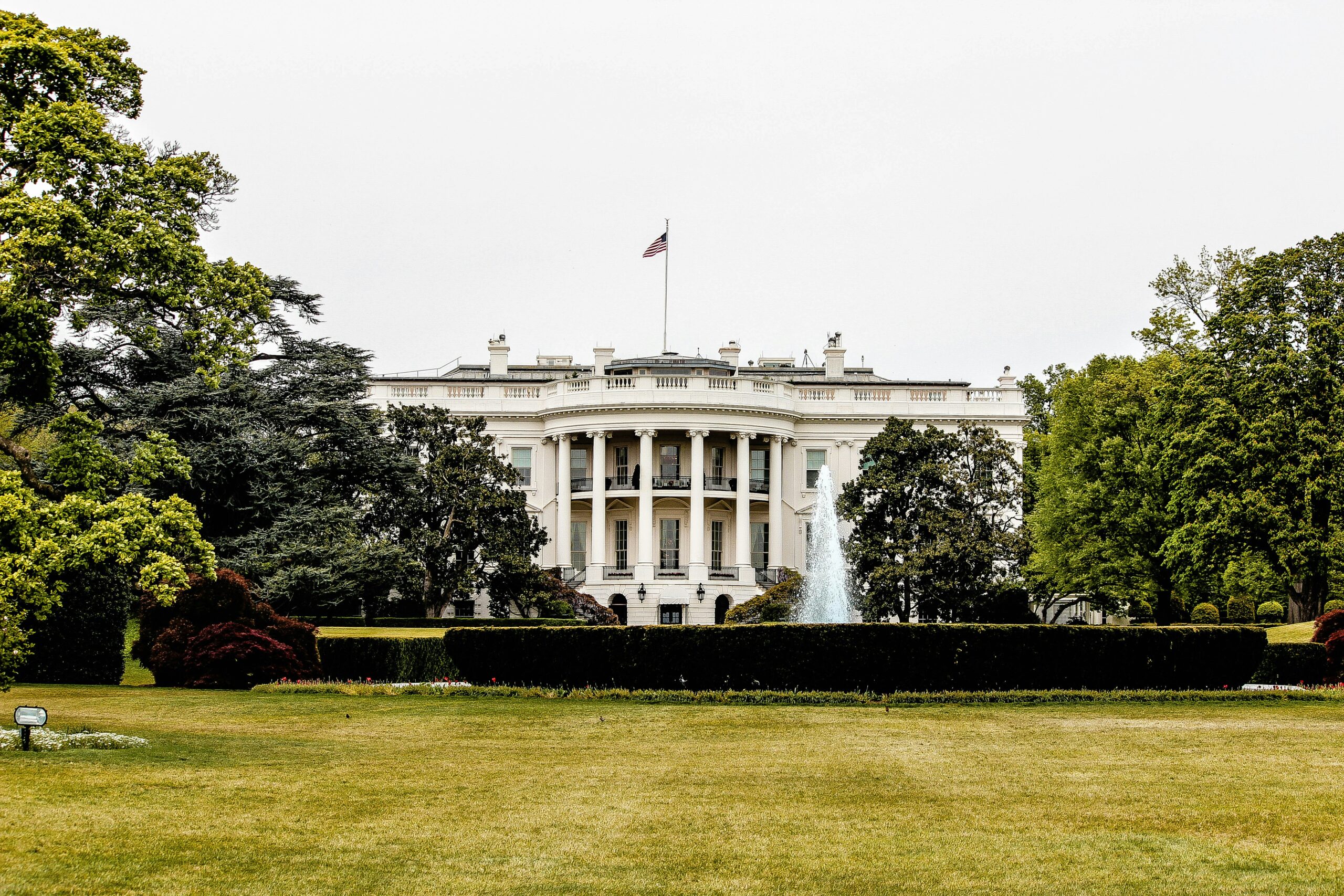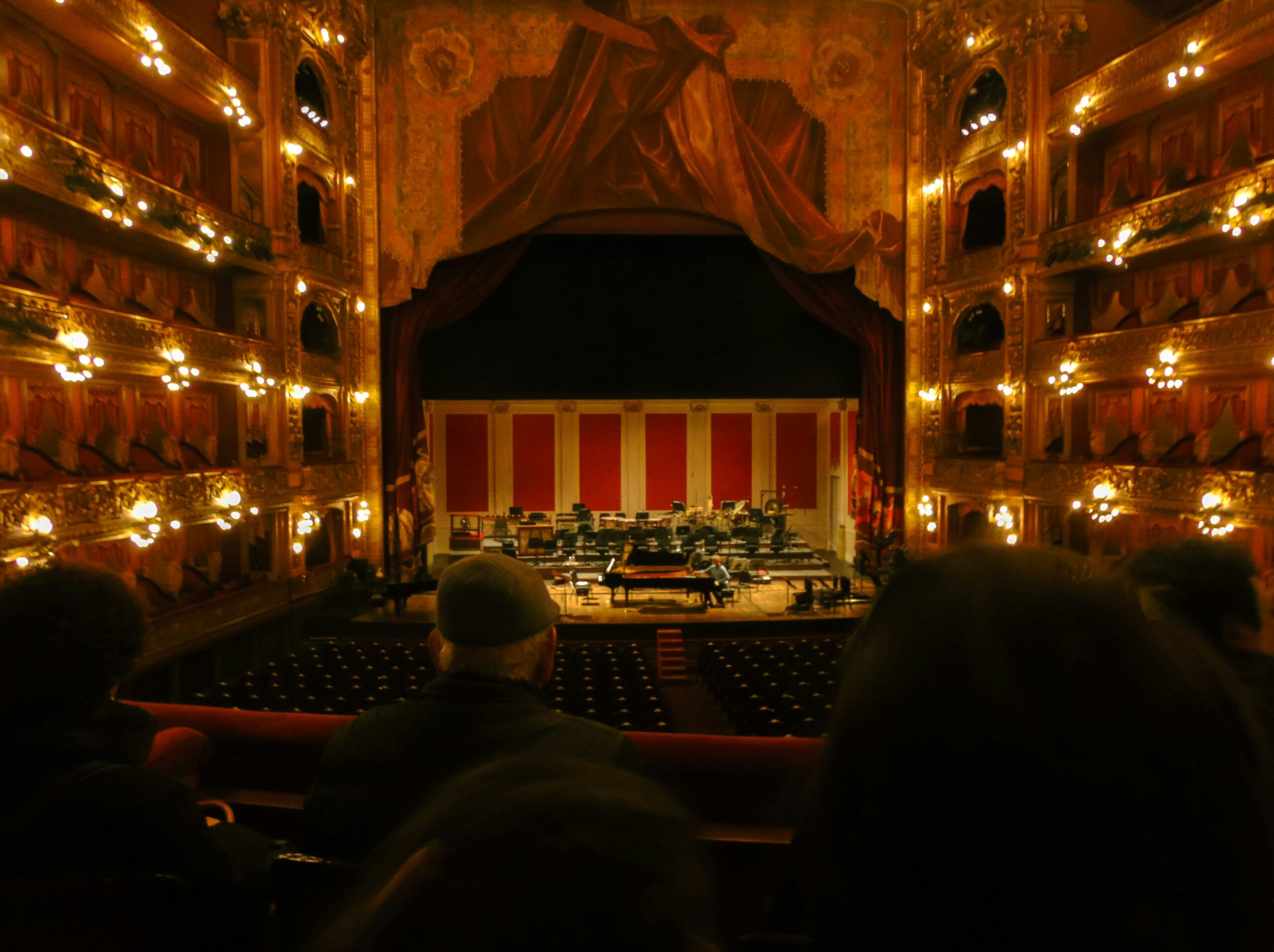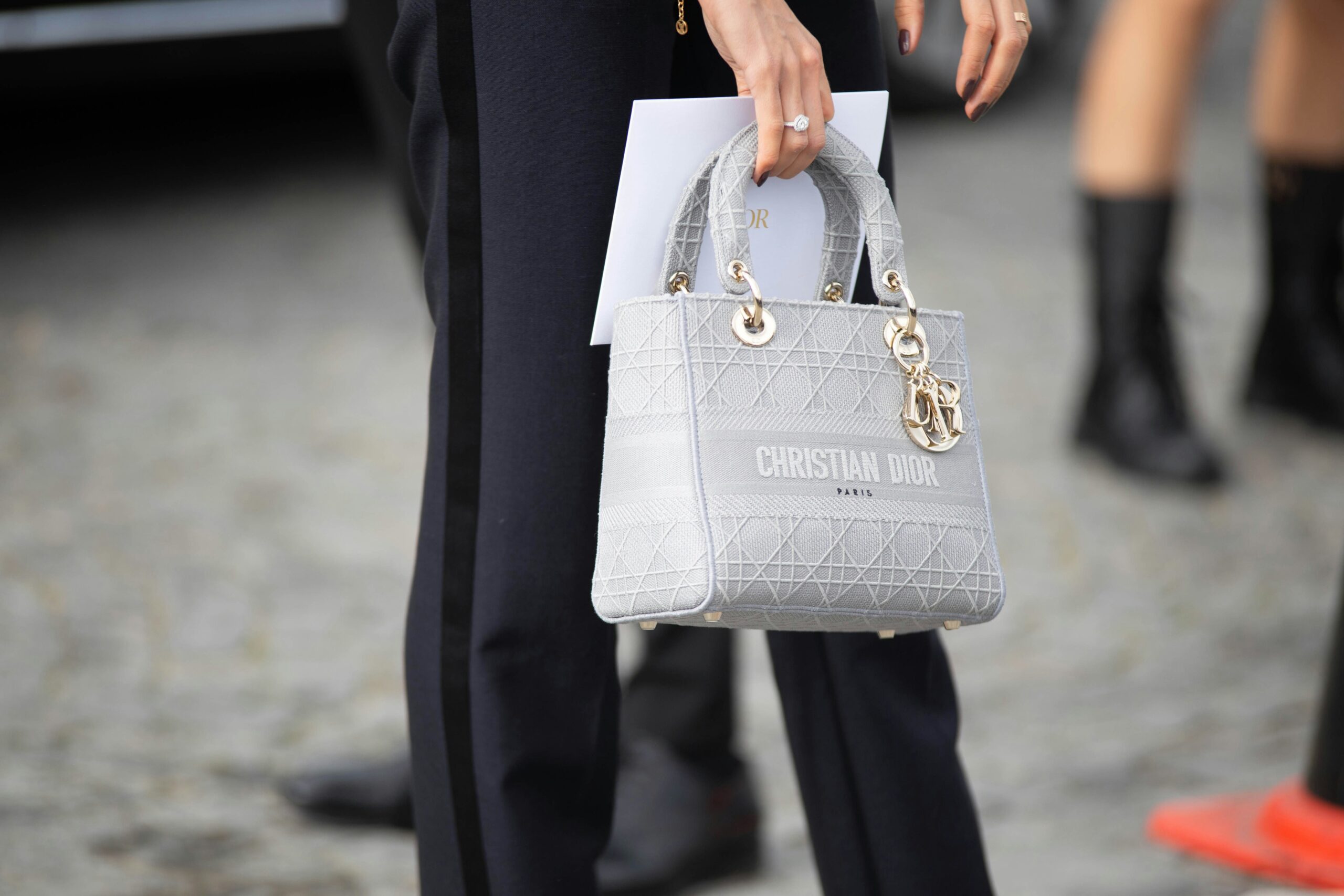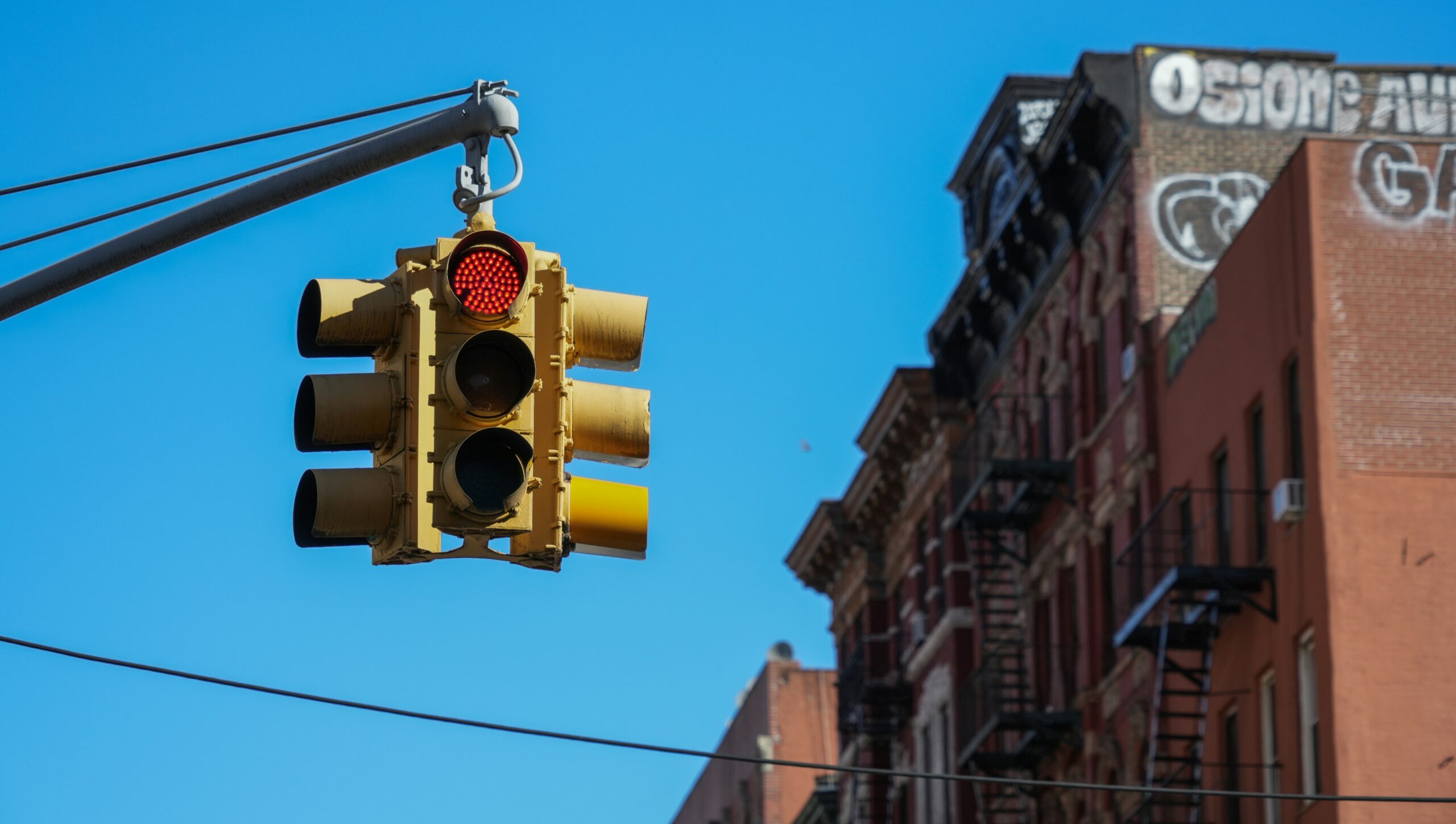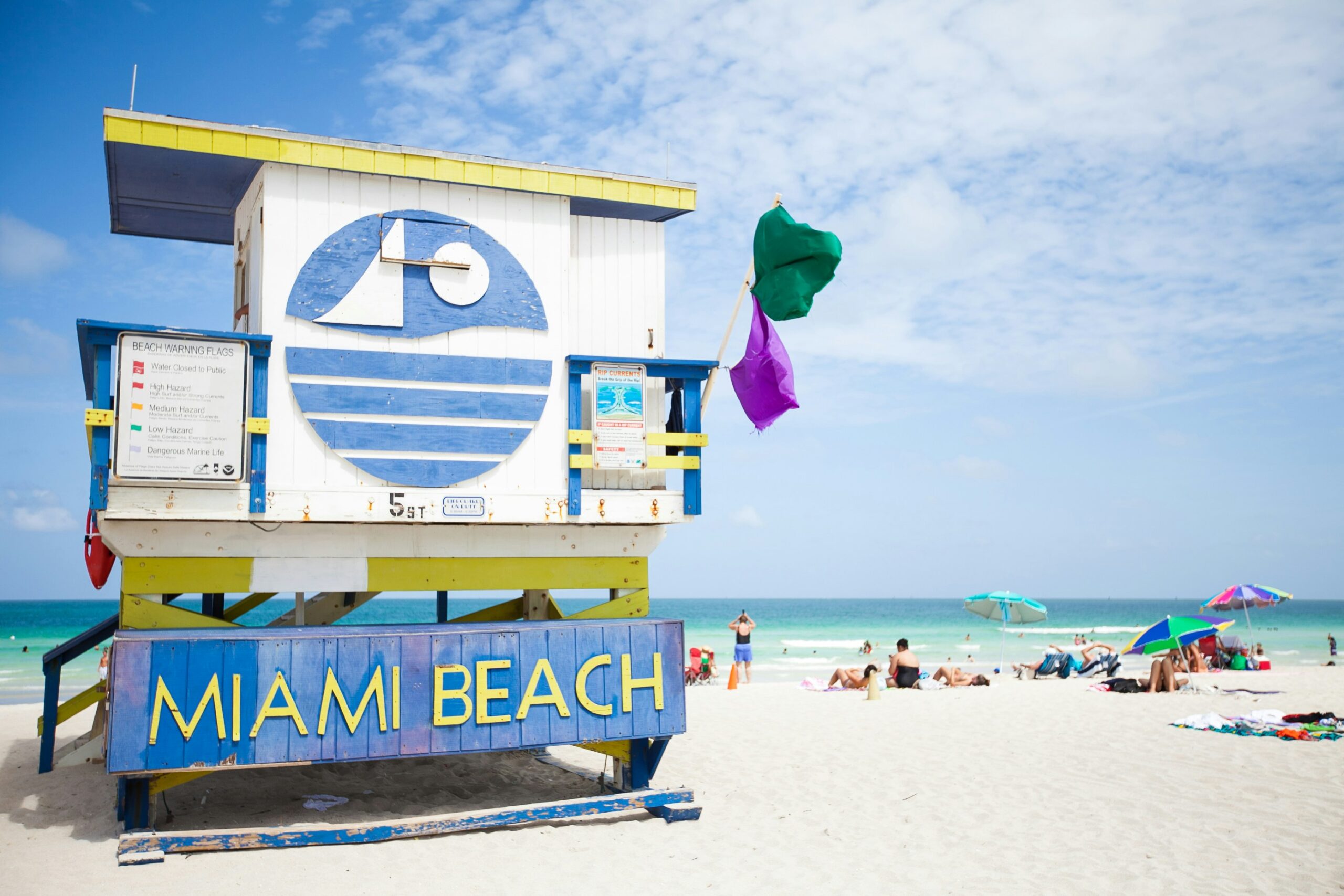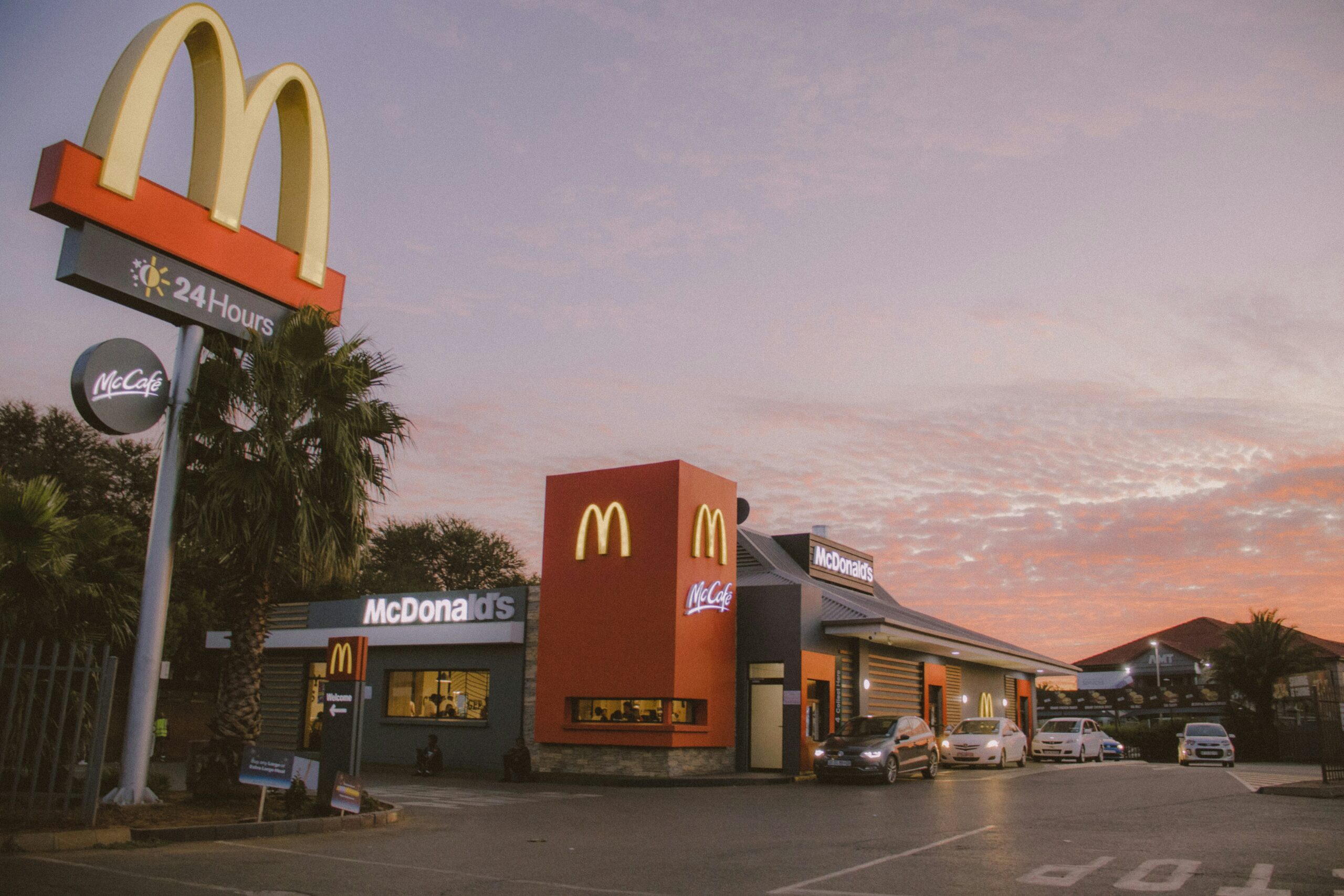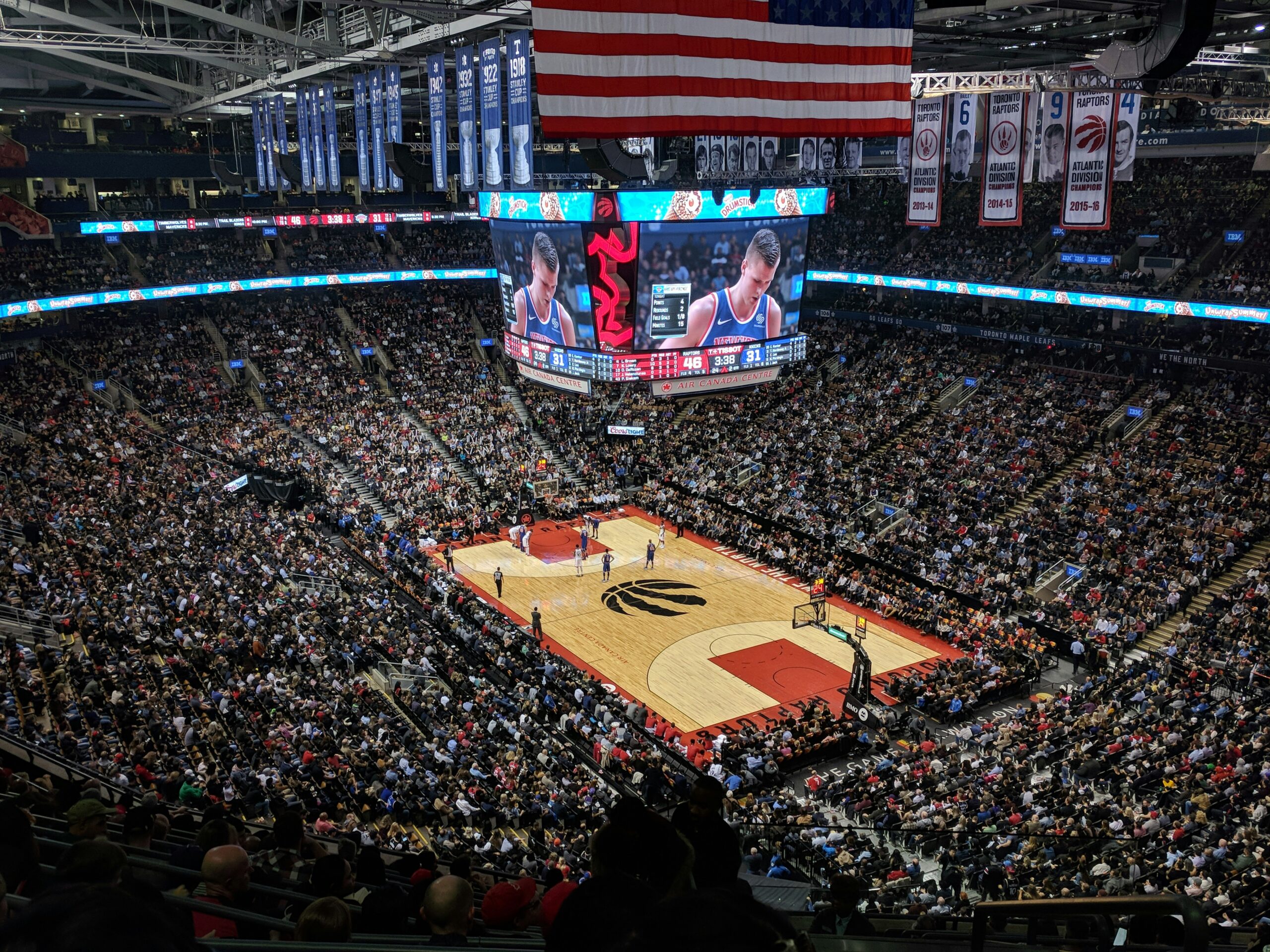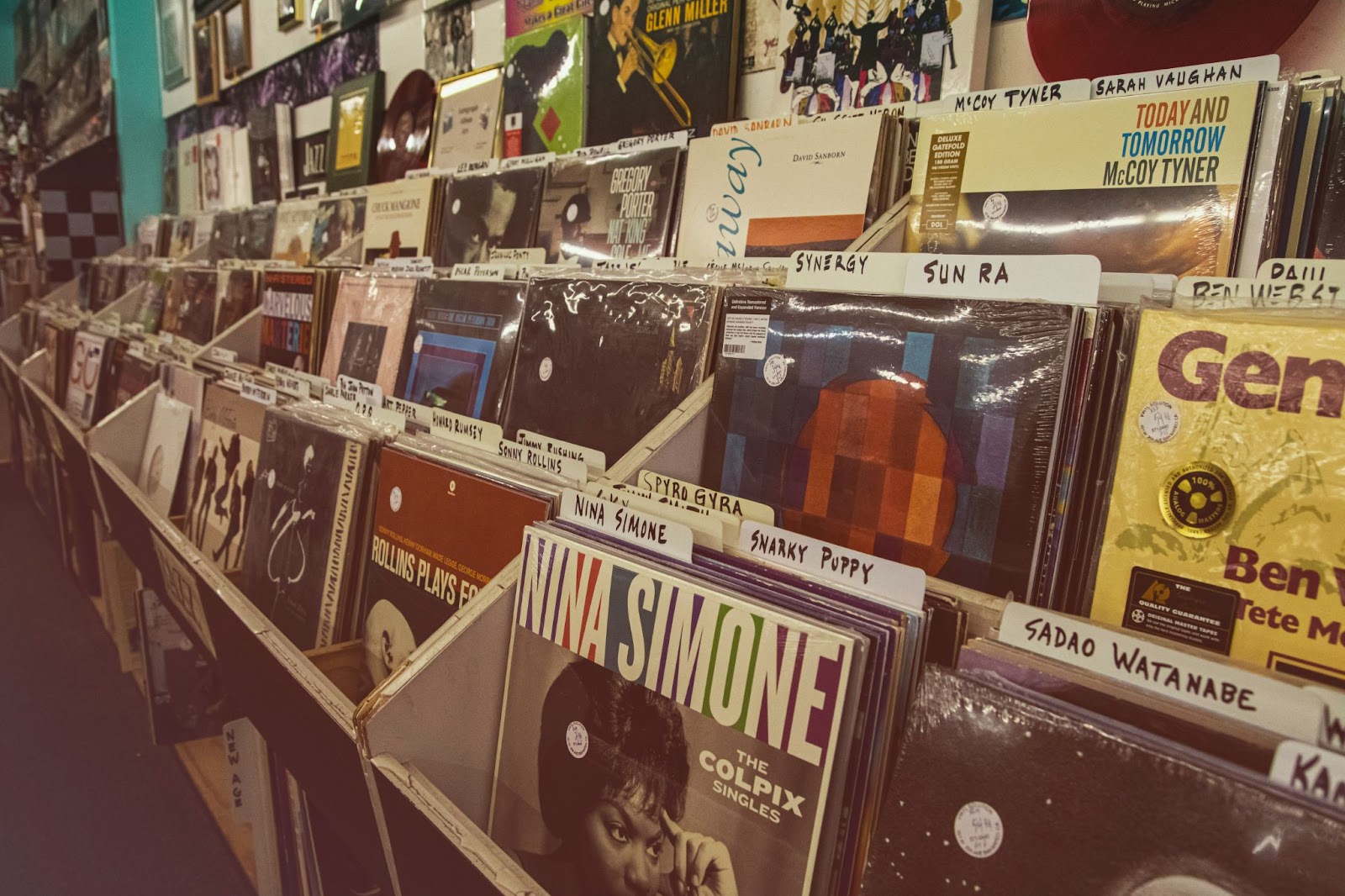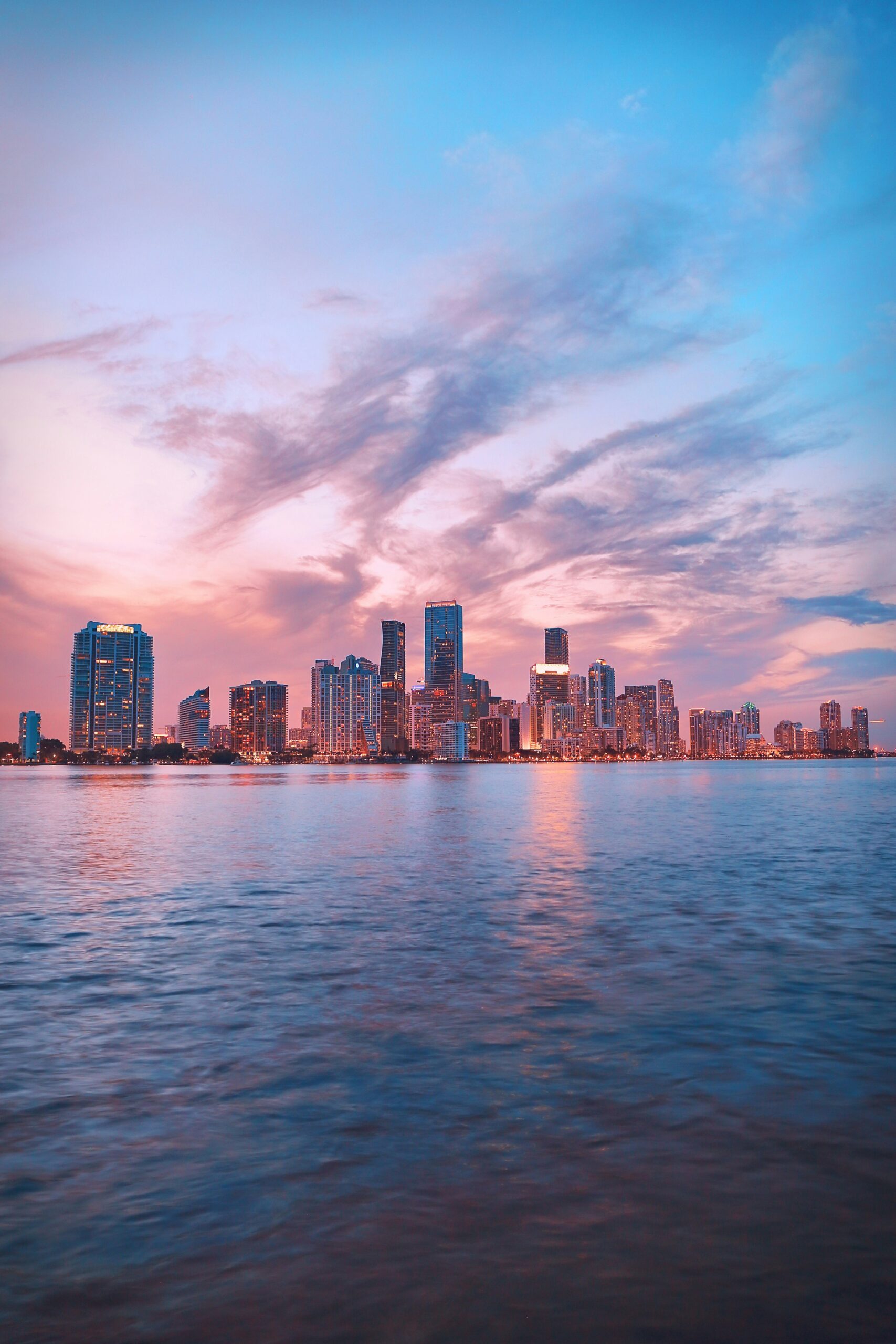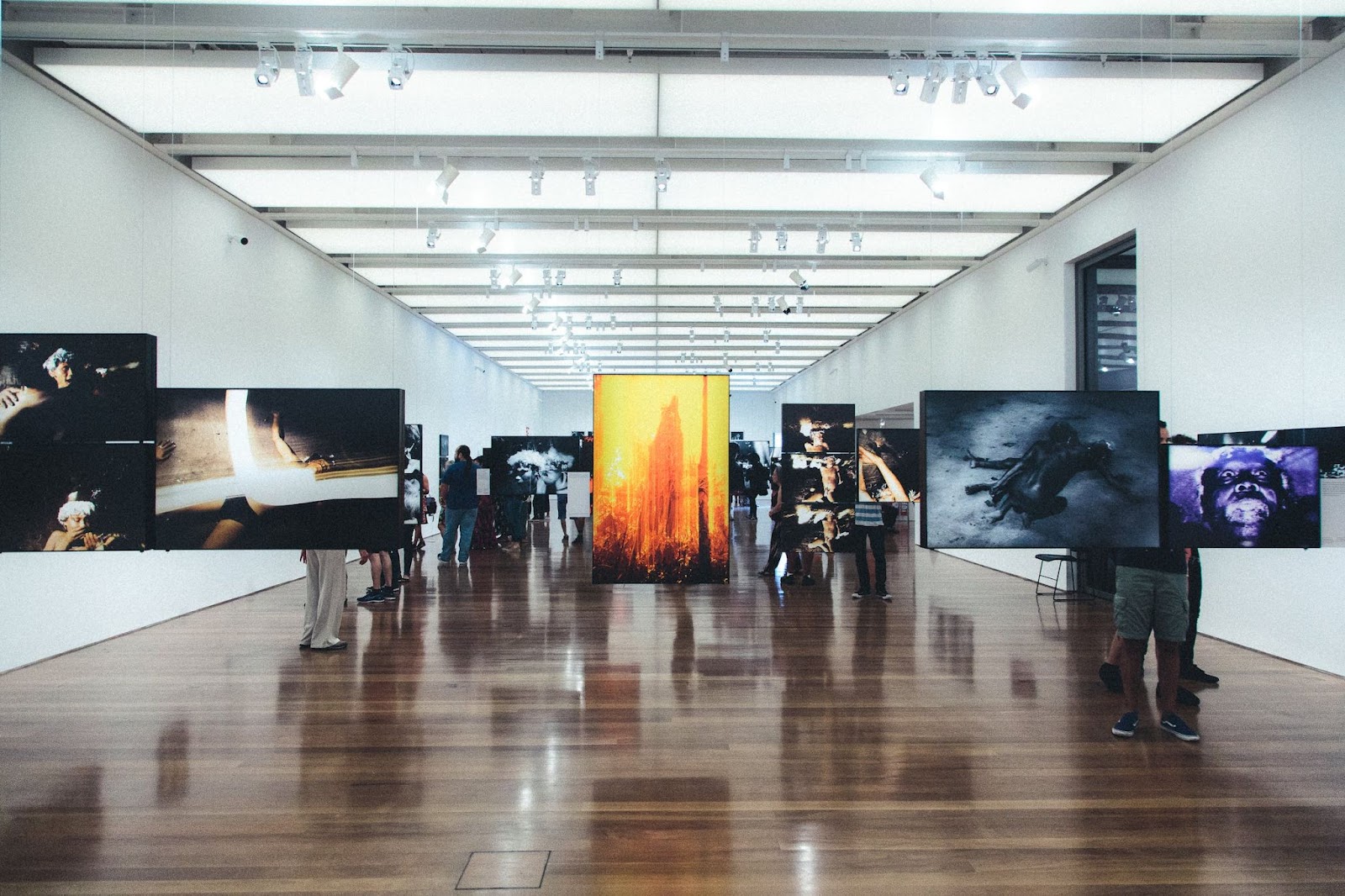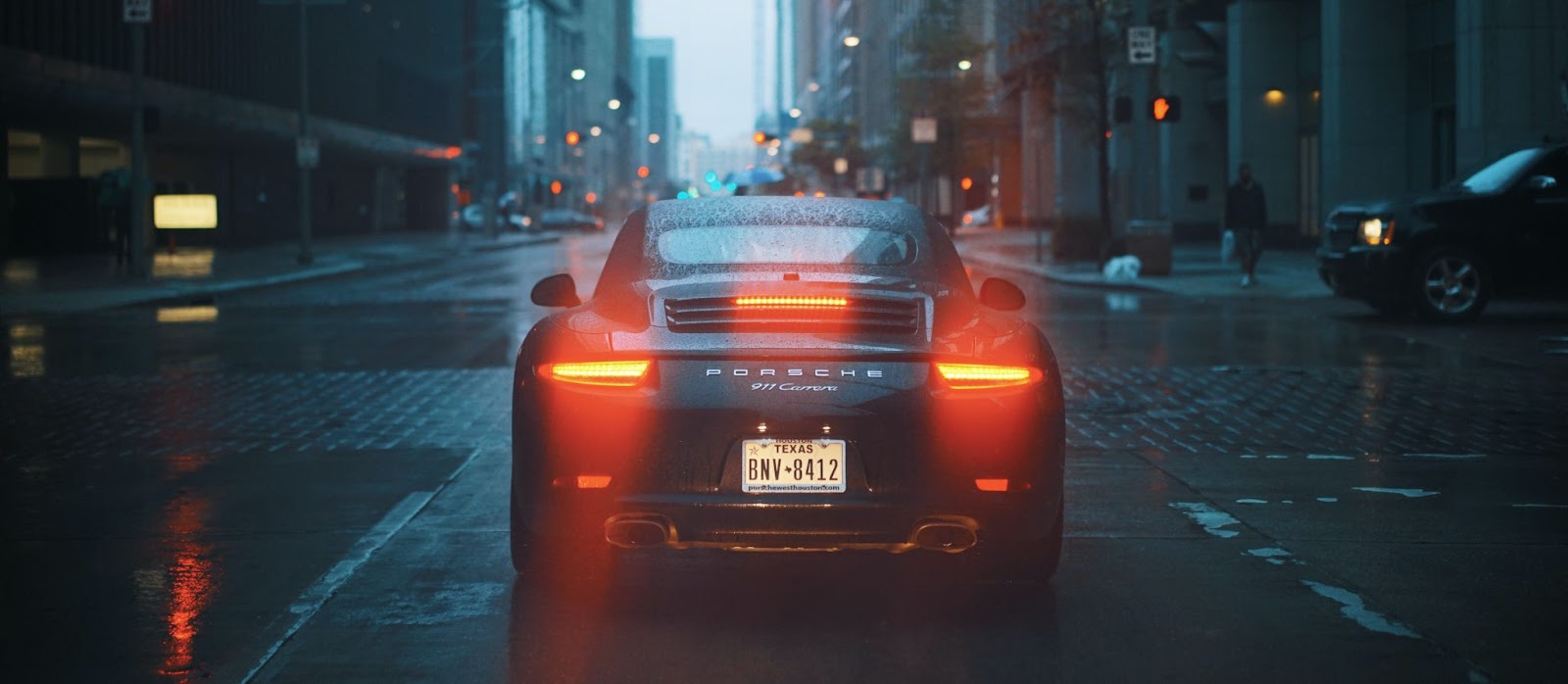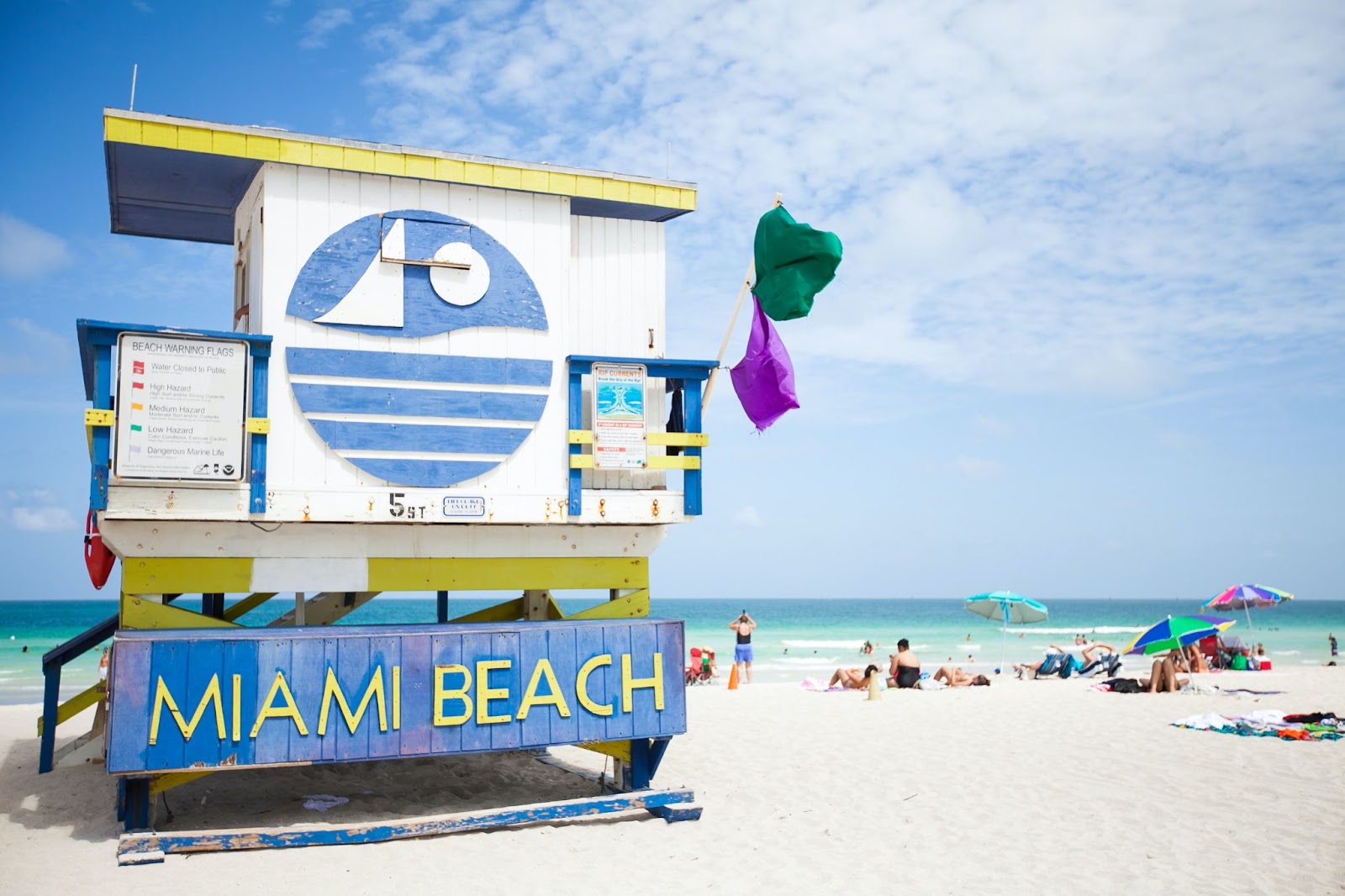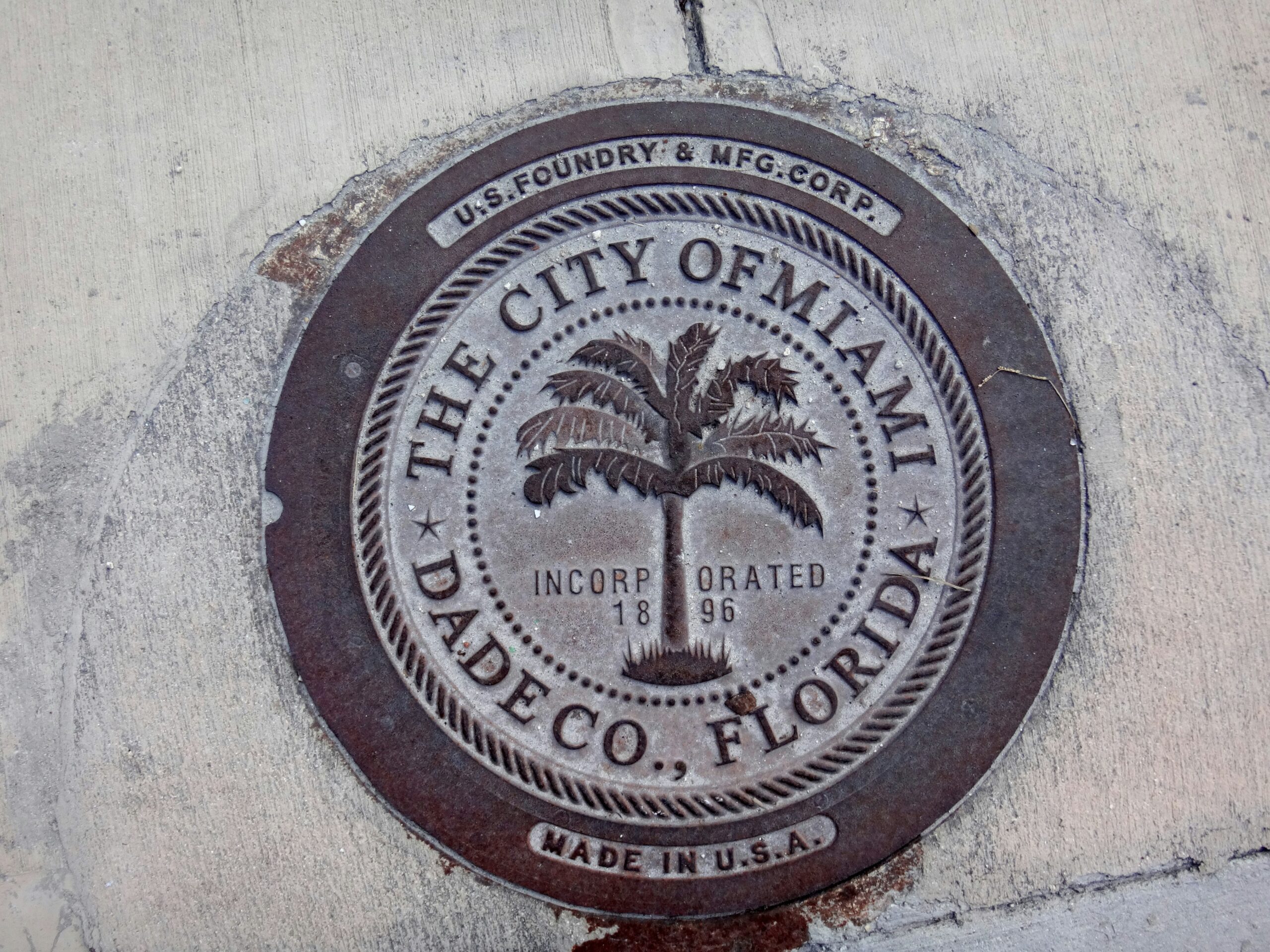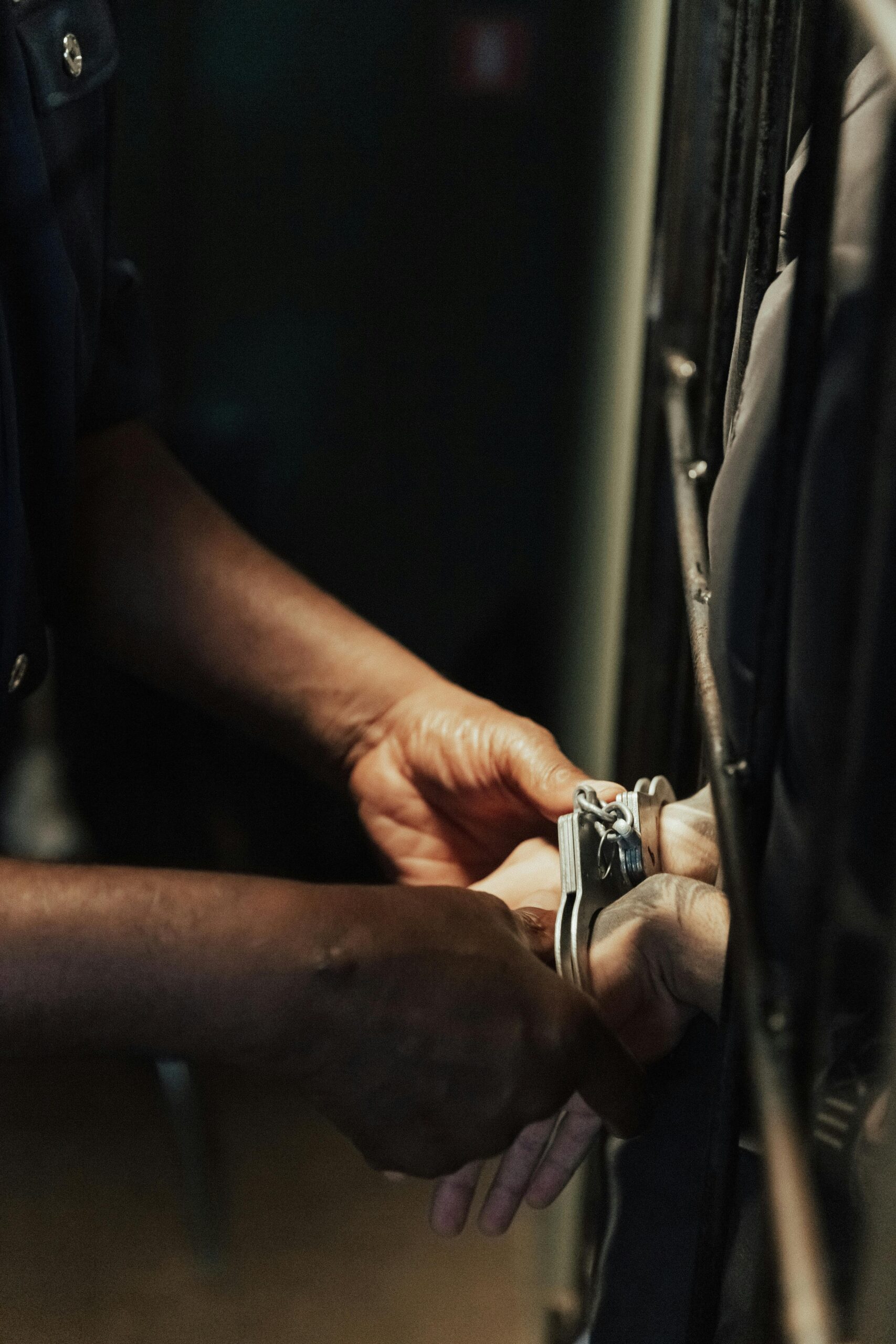Image credit: Unsplash
The recent uproar over the eye-watering menu prices at the Miami Grand Prix—boasting items like $170 empanadas and a $280 lobster roll—deserves a deeper look to uncover the truth behind these viral figures. This opulent event, held at the Miami International Autodrome, marked its third year blending high-octane racing with Miami’s famed luxury lifestyle, mirroring the city’s other upscale events such as Art Basel and the Miami Open.
The spotlight wasn’t solely on the race cars; the gastronomical prices at the Hard Rock Beach Club became a viral sensation. The menu featured $190 chicken wings and a $170 “Empanada Duo,” among other premium-priced offerings. The pièce de résistance? Adding an ounce of caviar to any dish for a mere $400. NASCAR driver Ryan Ellis triggered this online frenzy by sharing a snapshot of these prices on X (formerly Twitter), playfully noting that Formula 1 is indeed pricier than NASCAR.
Ellis further fueled the fire by responding to a curious commenter with a picture of the drinks menu, showcasing a $3,600 bottle of rosé Champagne and a $12,000 bottle of Clase Azul Ultra tequila. This caused an immediate backlash on social media, with users expressing disbelief and dismay, dubbing the prices as “disgusting.”
However, this storm of indignation might have been a tempest in a teapot. Tom Garfinkel, president and CEO of Hard Rock Stadium, clarified to Autosport.com that these prices were not intended for single diners but rather for groups, as they reflected suite prices meant to cater to up to ten people. This vital piece of context shifts the perspective significantly, highlighting a misunderstanding that escalated quickly online.
Despite the controversy, the Miami Grand Prix remains an exclusive affair. Entry to the Hard Rock Beach Club started at $1,750 per ticket, with cabanas priced at $65,000—sans food and beverages. This premium space did, however, include access to a pool and live performances by notable artists such as Ed Sheeran and Steve Aoki, who even brought out the band Yellowcard for a surprise performance.
For those not indulging in the opulence of the Beach Club, the event provided more economical culinary choices. Miami’s renowned chefs were featured at various food stations offering reasonably priced dishes. The event also spotlighted minority-owned local businesses through the Community Restaurant Program, aimed at boosting their economic prospects.
Liberty Media, the owner of F1, is keen on maintaining the event’s popularity and has introduced more budget-friendly ticketing options. These include a $29 pass for practice sessions and a $450 three-day “Campus Pass,” which offers access to multiple viewing areas and food courts without assigned seating.
Contrastingly, attendees with mid-tier “Grandstand” tickets, starting at $600, reported a less glamorous experience, pointing out the physical discomfort of unshaded seats and the high cost of basic concessions like burgers and fries.
In stark contrast, the recent Masters 2024 in Augusta, Georgia, offered patrons sandwiches for just $1.50, highlighting the vast difference in pricing strategies at major sporting events.
This tale of opulence, outrage, and misunderstanding at the Miami Grand Prix underscores the complexities of event pricing and public perception. While the sticker shock of the menu prices initially drew ire, understanding the context reveals a less scandalous reality, albeit still a spectacle of luxury and exclusivity that defines Miami’s elite sporting events.























































